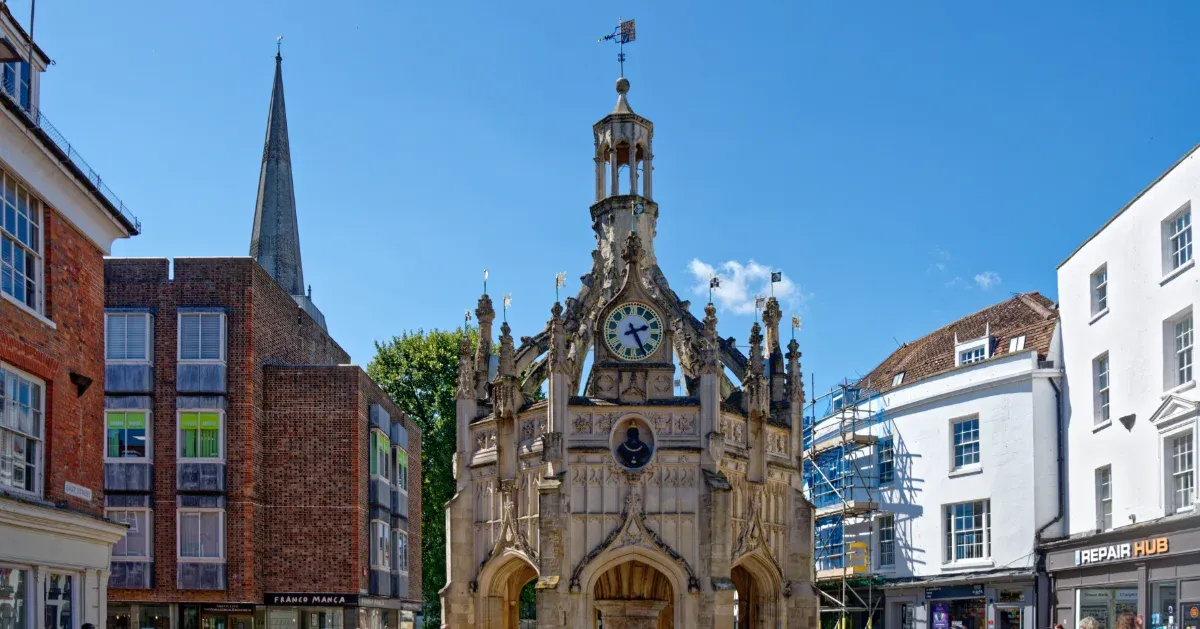From Scaleybacks to Monkeys: A New Life in the Military Police

The Culture Shock of Roussillon Barracks
Sometime in 1975, I made a life-altering transfer from the Royal Signals (affectionately known as "Scaleybacks") to the Royal Military Police, or "Monkeys" as we were less affectionately known. My destination was the RMP Training Depot at Roussillon Barracks in Chichester.
While Chichester boasts a fascinating history dating back to Roman times, any interest I might have had in the subject had been thoroughly beaten out of me by Ginger, my history teacher at Dynevor Grammar School. As a young man eager to get on with my new life, Roman history went straight over my head.
The Advantages of Experience
The vast majority of recruits at Chichester had joined straight from civilian life. As a seasoned transfer from another corps, I was fortunate to skip the basic training phase, where new recruits are subjected to endless shouting and taught how to march without tripping over one another or turning left when ordered to turn right.
My biggest advantage, however, was my fitness. I'd spent the previous year with 70 Army Youth Team in Cardiff, playing rugby, walking all over the Brecon Beacons, caving, and setting up cross-country courses. Before that, my time with 1 Armoured Division and Signal Regiment in Germany meant I was constantly on exercise, kept fit by daily PT and frequent 10-mile marches. All of this paled in comparison to the daily running and circuit training we'd endured at the Army Apprentices College in Harrogate.
The entire regime at Chichester felt like a cakewalk.
Luxury Beyond Belief
Room inspections, in particular, were almost comically easy. While you might get a "bollocking" if something was amiss, no one ever turned your bed over or scattered the contents of your locker across the floor, a frequent and infuriating occurrence at Harrogate.
The biggest shock, however, was the carpets. The rooms were actually carpeted, and all you had to do was run a vacuum cleaner over them. The hours spent waxing, polishing, and buffing floors with a "bumper" became a distant, thankfully forgotten memory.
This was living in luxury compared to what I'd experienced before.
Learning to Be a Copper
I found the "police" part of the training genuinely interesting. We were taught basic military and civilian law, and learned how to deal with traffic accidents and slovenly or drunk soldiers. Much of our time was spent practising witness statements and reading suspects their rights. In the gym, we learned take-down techniques for people resisting arrest and basic self-defence.
It's worth noting that throughout my time as a uniformed MP, we never carried handcuffs, truncheons, or batons. The official line was that we were expected to deal with violent offenders using force of character, or something equally optimistic.
Death Traps on Two Wheels
All recruits were also taught to drive. Having already learned in the Royal Signals, I was given no choice but to learn to ride a motorbike instead. This filled me with deep and abiding dread.
My uncle Teddy had died in a motorbike accident when I was small, and I thought then, as I still think today—that motorcycles are infernal machines and death traps. A brief stay in a hospital's orthopaedic ward only reinforced this opinion; it seemed that three out of five patients there had been injured while riding a motorbike.
Even today, living in the Alps with all their twisty roads, I see a steady stream of motorcyclists, mainly German, drawn to the scenery. In summer, there are almost weekly reports of riders being killed or seriously injured on Trentino's roads. Maybe it's just Darwinism in action.
Despite my misgivings, I got through the course and, to be honest, quite enjoyed it. But I never rode a motorbike again. Ever.
Off to Edinburgh Castle
After passing the course, I got my Red Hat and MP armband and set off for Edinburgh Castle and 170 Provost Company Royal Military Police.
Where the real work would begin.
Photo by Tilman2007 - Own work, CC BY-SA 4.0